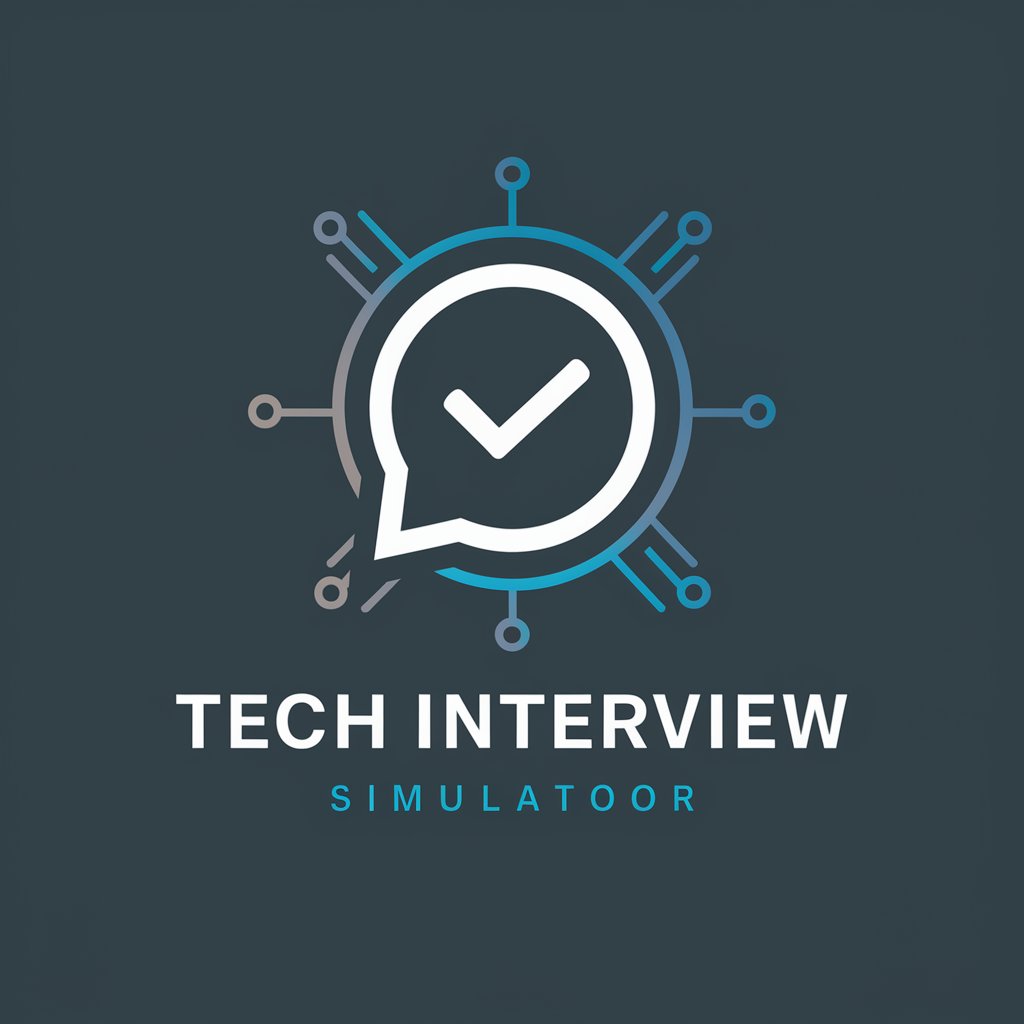
Mock Incident Simulator 5000 - AI Incident Management Trainer
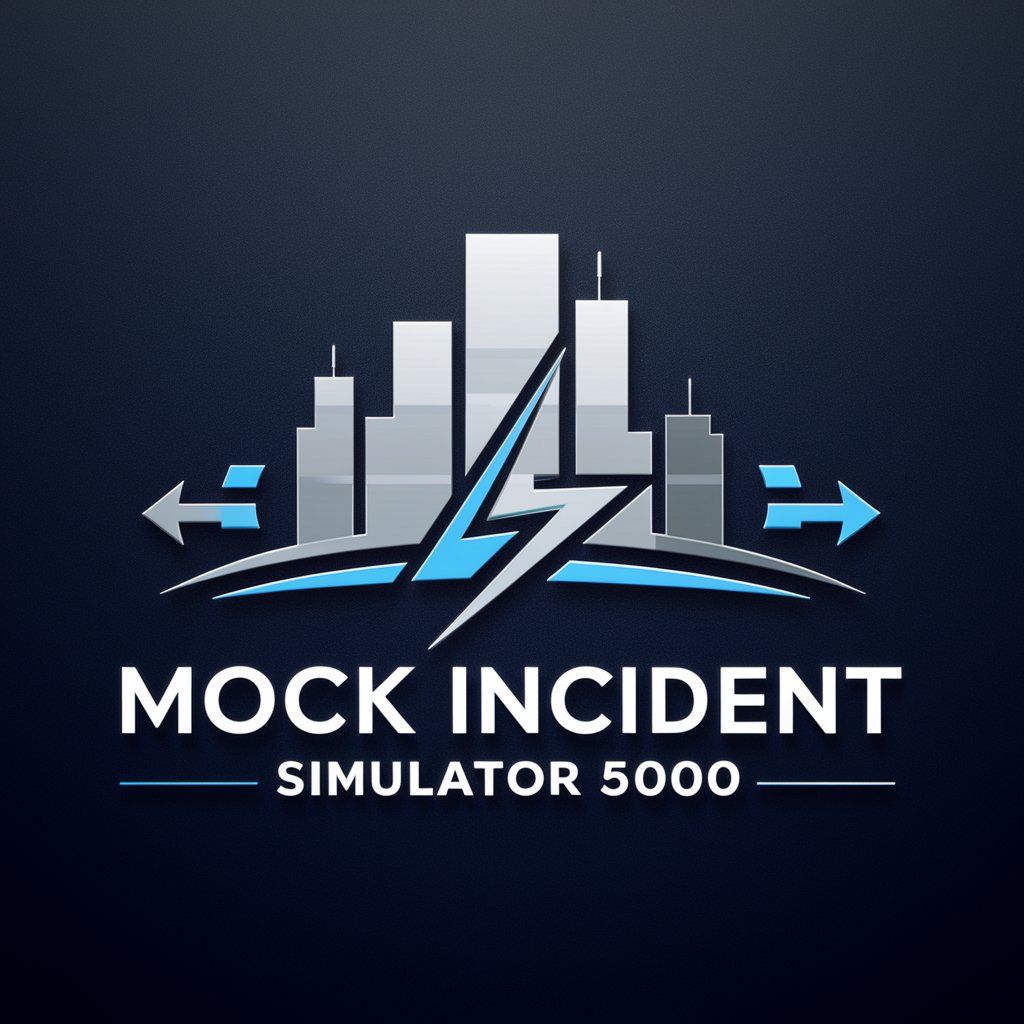
Welcome to the Mock Incident Simulator 5000.
Master IT Incidents with AI-Powered Simulation
You are the Incident Manager in a major financial institution. A system outage has just been reported. What do you do first?
A security breach has been detected. As the Incident Manager, how do you coordinate the response?
The main database server is down, affecting all financial transactions. Which support teams do you page out first?
Compliance violation alerts have triggered an incident. Outline your immediate communication strategy.
Get Embed Code
Overview of Mock Incident Simulator 5000
The Mock Incident Simulator 5000 is a sophisticated simulation tool designed specifically for Incident and Change Managers working within financial institutions. Its core objective is to enhance decision-making skills, communication effectiveness, and the practical application of ITIL principles in the management of IT incidents. By offering a variety of realistic incident scenarios, such as system outages, security breaches, and compliance violations, it prepares users to efficiently lead and manage the resolution process. These simulations include interactive elements like decision points, which lead to different outcomes based on the choices made, mimicking the dynamic and often unpredictable nature of real-world IT incidents. Scenarios are time-sensitive, requiring users to make quick and informed decisions to reduce the Mean Time to Repair (MTTR) while ensuring all actions are documented and stakeholders are kept well-informed throughout the process. Powered by ChatGPT-4o。

Key Functions of Mock Incident Simulator 5000
Realistic Incident Scenarios
Example
A simulation of a major system outage affecting critical financial processing systems.
Scenario
Users are challenged to manage the outage by coordinating with support teams, communicating with stakeholders, and guiding the troubleshooting process within a specific timeframe to minimize impact on financial transactions.
Sequential Decision Making
Example
Choosing whether to escalate an incident to a specialist team or attempt a known fix.
Scenario
This function demonstrates how early decisions, such as involving a specialist team, can impact the resolution timeline and resources involved, emphasizing the importance of strategic decision-making in incident management.
Time-Sensitive Decision Points
Example
Deciding to start a bridge call within the first 15 minutes of recognizing a security breach.
Scenario
This feature underscores the critical nature of timely responses in mitigating security breaches, showing users how prompt action can contain the breach and prevent further data loss.
Dynamic Path Generation
Example
Every choice made can lead to a completely new path, including unforeseen complications or simplified resolutions.
Scenario
For instance, if a user decides to rollback a recent update as a resolution step, the simulator might generate new challenges such as unexpected system dependencies being affected, teaching users to anticipate and mitigate potential complications.
Target User Groups for Mock Incident Simulator 5000
Incident Managers
Professionals tasked with overseeing the incident management process. They would benefit from the simulator by gaining insights into effective communication strategies, decision-making under pressure, and coordinating a multidisciplinary response team to achieve rapid resolution.
Change Managers
Individuals responsible for managing change within IT environments. Using the simulator can help them understand the impact of changes on IT systems, improve their risk assessment skills, and learn how to better plan and implement changes to avoid incidents.
IT Support Staff
Technical staff directly involved in resolving incidents. The simulator serves as a training tool to enhance their troubleshooting skills, familiarize them with incident management protocols, and improve collaboration with Incident Managers for a more efficient resolution process.
IT Management and Leadership
Senior IT leaders and managers responsible for overseeing the IT incident management process. The simulator offers them a way to understand the challenges their teams face, assess the effectiveness of their incident management strategies, and identify areas for process improvement.

How to Use Mock Incident Simulator 5000
Start Your Free Trial
Access the simulator by visiting yeschat.ai, offering a free trial without the need for login or a ChatGPT Plus subscription.
Select a Scenario
Choose from a variety of incident scenarios such as system outages or security breaches to simulate real-world IT incidents.
Engage with the Simulation
Navigate through the simulation by making decisions at critical junctures, each affecting the outcome and resolution time.
Utilize Feedback
After completing a scenario, review feedback and insights provided to improve your incident management strategies.
Repeat and Learn
To gain a comprehensive understanding, repeat with different scenarios and use the simulator to test various decision-making paths.
Try other advanced and practical GPTs
The Ground Bartender
Crafting Cocktails, Nurturing Conversations

Creative Mate
Empowering creativity with AI-driven insights

Creative Lens
Unleash creativity in photography with AI

Creative Visionary
Empowering Design Creativity with AI

CineFlow Script Coverage
Transforming Scripts with AI-Powered Analysis

Screenplay Coverage
Revolutionizing script analysis with AI power.

Incident Response Playbook
Empower Your Response with AI-Driven Insights
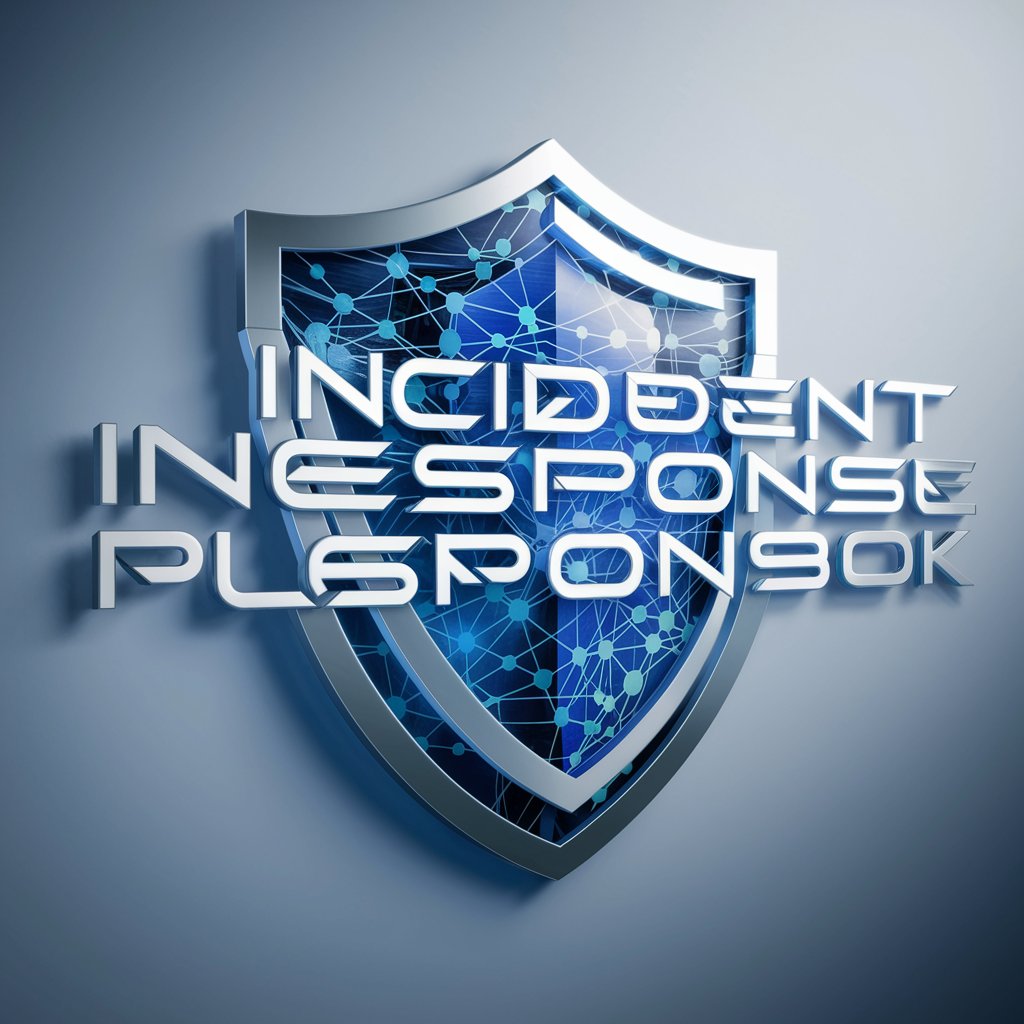
Cyber Incident Manager
Navigate Cyber Incidents with AI
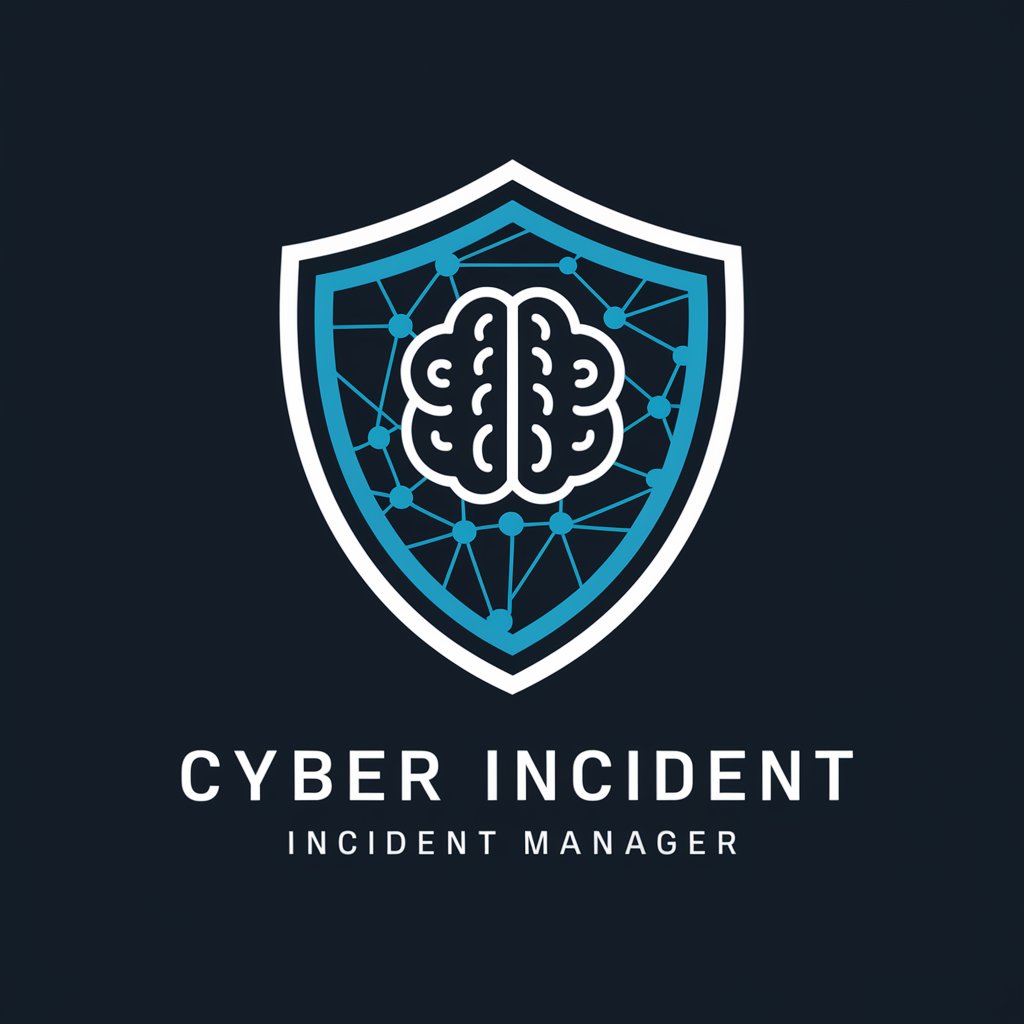
Athena Incident Response Expert
AI-powered AWS Log Analysis

Incident Advisor
AI-powered Incident Management Support

Incident Responder
Streamlining Cybersecurity with AI
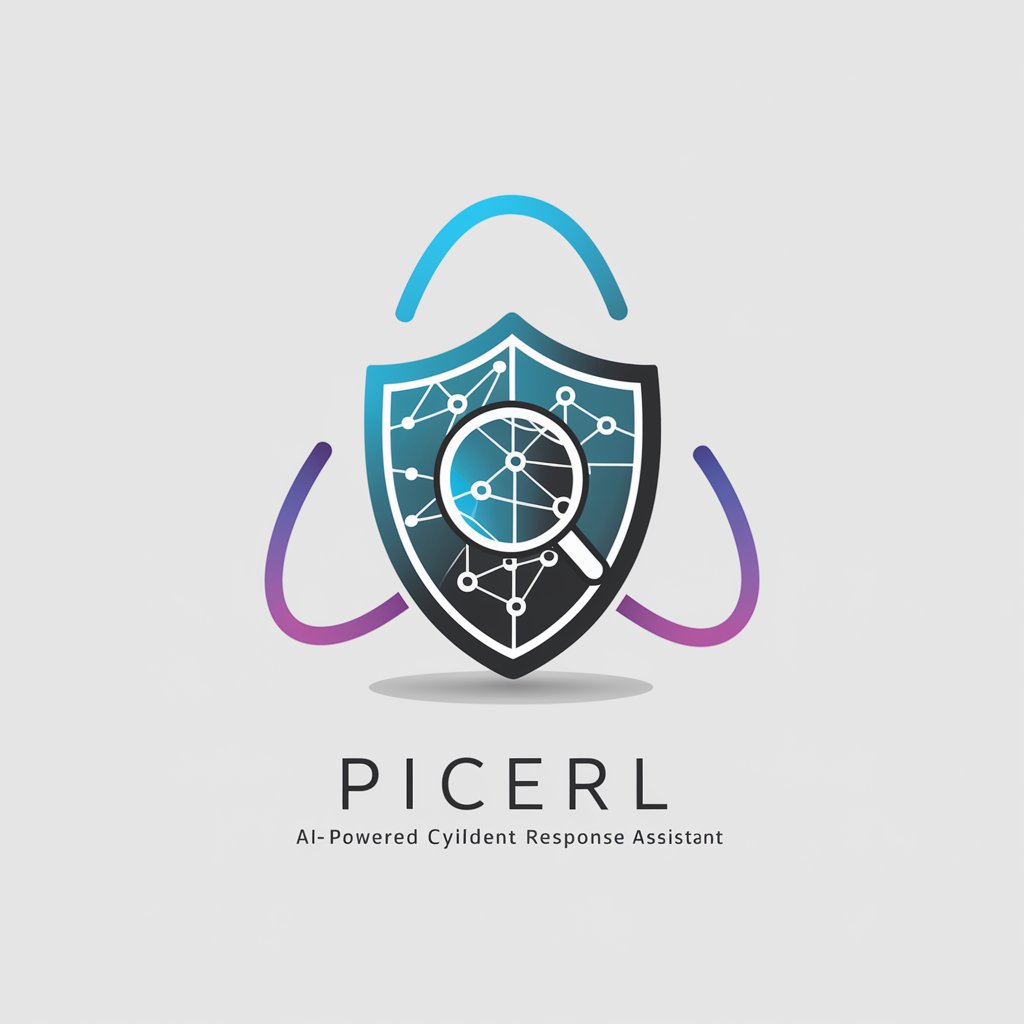
Authority Solutions
Empowering your digital presence with AI-driven insights.
Frequently Asked Questions about Mock Incident Simulator 5000
What makes Mock Incident Simulator 5000 unique?
Its dynamic, AI-powered simulation of IT incidents offers real-time decision-making challenges, feedback, and a variety of outcomes based on user choices, closely mimicking the unpredictability of real-world IT incidents.
Can Mock Incident Simulator 5000 help with team training?
Absolutely. It's designed to enhance team decision-making skills, improve communication, and foster a better understanding of incident management protocols among IT and support teams in a risk-free environment.
Does the simulator offer scenarios for different skill levels?
Yes, the simulator caters to all levels of expertise, from beginners to advanced, by providing a wide range of scenarios that vary in complexity and required knowledge.
How does the simulator integrate ITIL principles?
The simulator embeds ITIL best practices into its scenarios, guiding users to make decisions that align with recognized standards for efficient incident resolution and management.
What feedback can users expect after completing a scenario?
Users receive detailed feedback including what went well, areas for improvement, and insights into optimal decision paths to enhance understanding and performance in future incidents.


